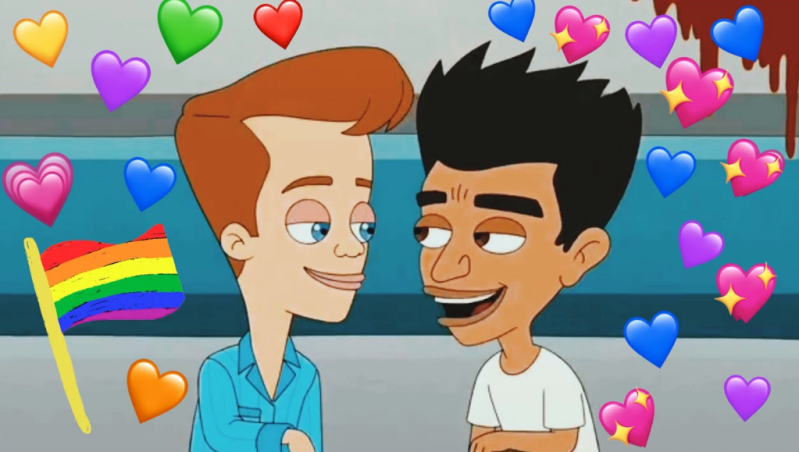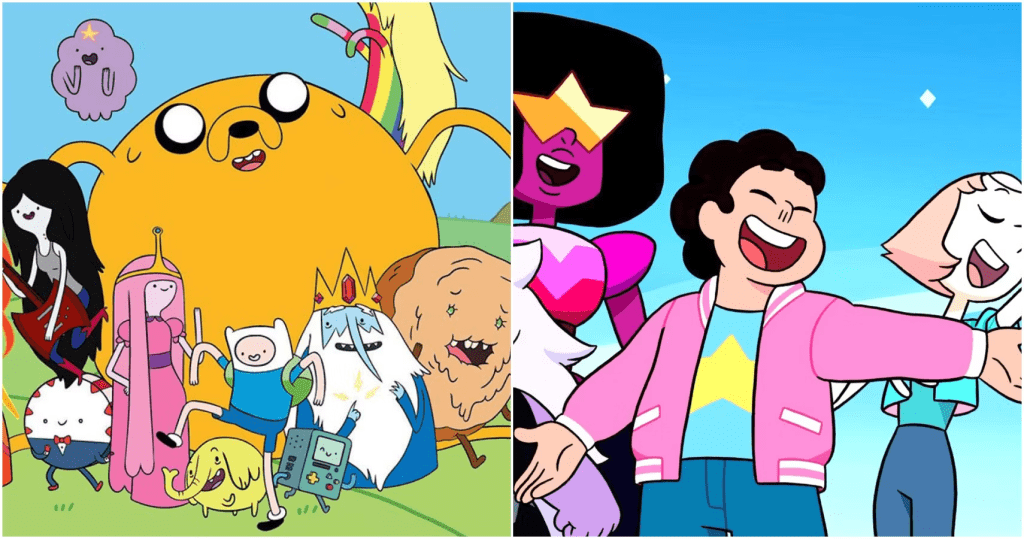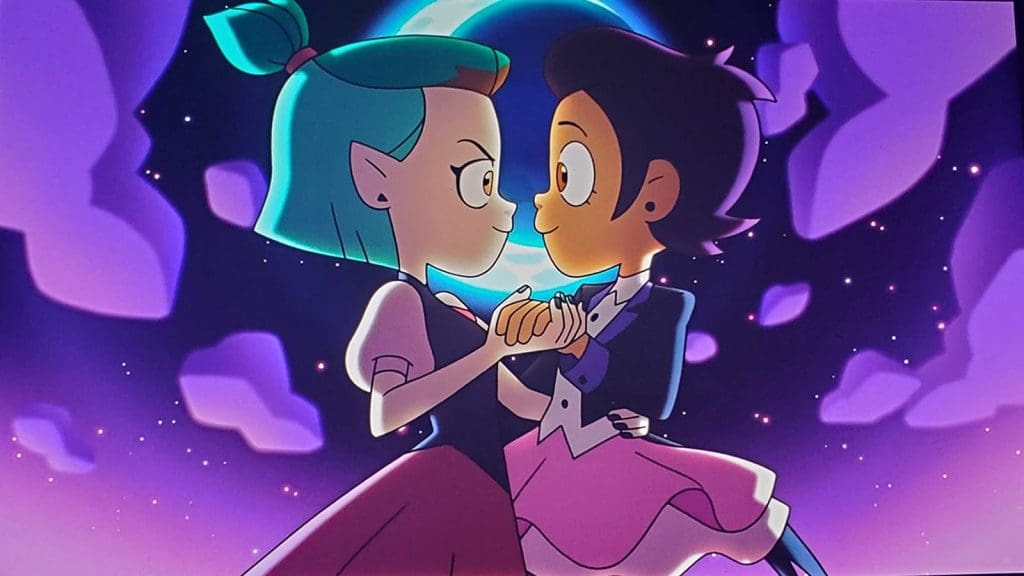The Role of Queer Characters in Children’s Media
Shaping Perceptions and Breaking Stereotypes: Queer Representation in Children's Media

Explore the evolution and impact of queer representation in children’s media. Understand how these characters are shaping perceptions, breaking stereotypes, and promoting inclusivity.
In the realm of children’s media, the representation of queer characters has undergone a significant transformation over the years. From being subtly hinted at or stereotypically portrayed, to now being central characters with complex narratives, the role of queer characters in children’s media has evolved to reflect the diversity and inclusivity of the real world.
In the early days, queer representation was often subtle and indirect. Characters were queer-coded, exhibiting traits associated with the LGBTQ+ community, but their identities were rarely explicitly acknowledged. This subtlety was largely due to societal attitudes and censorship rules that limited the portrayal of diverse sexual orientations and gender identities.

However, the landscape of children’s media began to change in the 2010s, with shows like “Adventure Time” and “Steven Universe” leading the charge. These shows introduced openly queer characters and storylines, breaking barriers and setting new standards for representation. For instance, “Steven Universe” made history by airing the first LGBTQ+ wedding in a kid’s series, a significant milestone in queer representation.
The importance of such representation cannot be overstated. Seeing characters that reflect their own experiences and identities can have a profound impact on children, particularly those who identify as queer. It helps them feel seen and validated, and can also foster a sense of acceptance and understanding among their peers.
Moreover, the inclusion of queer characters in children’s media can help challenge and break down stereotypes. By presenting these characters as complex individuals with their own strengths, flaws, and story arcs, shows can help dispel harmful misconceptions and promote a more nuanced understanding of the LGBTQ+ community.

Despite the progress made, there is still much work to be done. Queer representation in children’s media is often limited to white characters, overlooking the intersectionality of identity and the experiences of queer people of color. Additionally, there is a need for more diverse representation within the LGBTQ+ spectrum, including characters who identify as bisexual, asexual, and non-binary.
As society continues to evolve, it is our hope that children’s media will continue to reflect this diversity, providing all children with characters they can identify with and look up to. This ongoing evolution in children’s media is a testament to the power of representation and its potential to shape perceptions and foster understanding.

Comments are closed, but trackbacks and pingbacks are open.